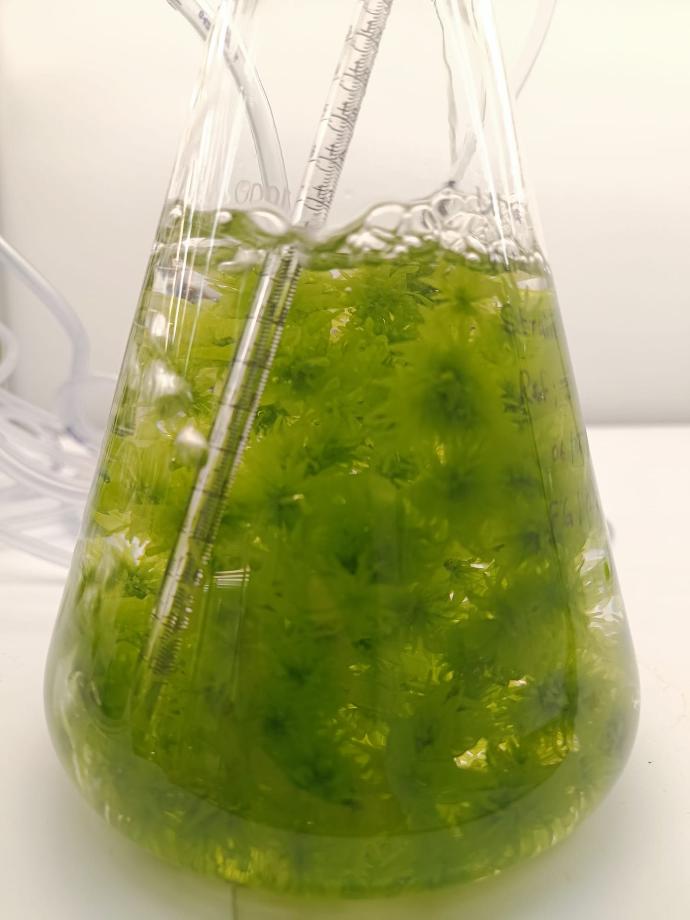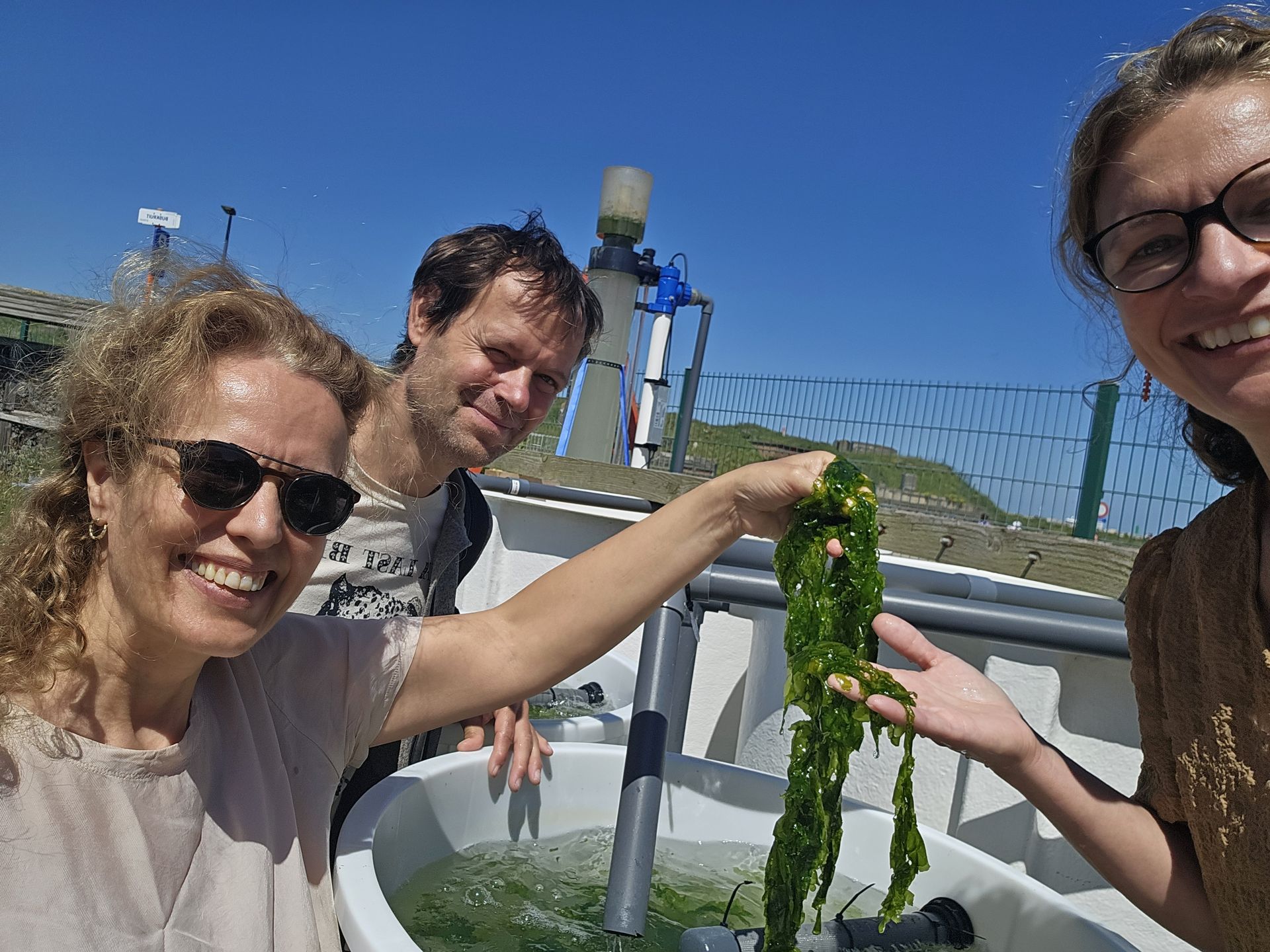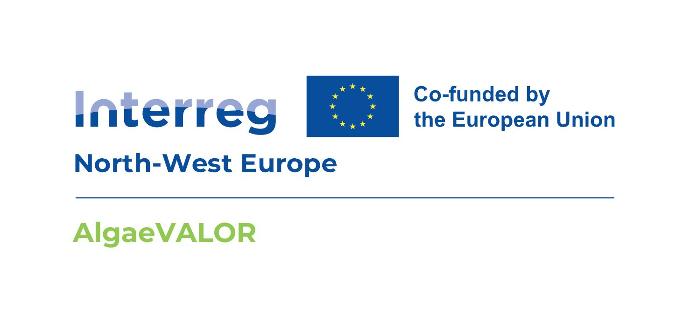At Phycology, Ghent University, our research is centered on the genetics, diversity, and life cycle control of marine macroalgae. We focus extensively on fieldwork, aquaculture, and the manipulation of seaweed strains to study their development, reproduction, morphogenesis, and genomics. We work with various seaweed species, including Ulva, Palmaria, Porphyra, Kelps, and Dictyota.

Project Goals and Expected Outcomes:
Through our involvement in the AlgaeVALOR project, we aim to deepen our understanding of seaweed growth, particularly the green seaweed, Ulva species. We intend to unravel the growth, development, and biochemical composition of Ulva to enhance fundamental knowledge that can be applied to the commercial cultivation of seaweed.
Activities and Deliverables:
Ulva samples were collected from three intertidal zones located in France and the Netherlands. These samples were brought to the laboratory of Phycology at Ghent University for acclimation and sporulation induction. Following successful acclimation and sporulation, Ulva cultures were scaled up and identified. All cultures were maintained under optimal conditions in a controlled environment. A series of experiments were conducted to explore various maturation and sporulation methods, including variations in particle size, temperature, and nutrient medium. Additionally, we tested the effects of different light intensity treatments on the biochemical properties of Ulva, such as its antioxidant content, pigment levels, and protein composition.

The deliverables include producing Ulva biomass, characterizing its composition, and providing detailed data analysis and reports on cultivation efficiency and quality.

Input and Collaboration:
We supplied Ulva biomass at a lab scale to the other project partners. Moreover, other project partners recently visited our culture lab, facilitating direct collaboration and exchange of insights on ongoing experiments and methodologies.
Planning and Risks:
Key milestones included selecting the appropriate Ulva strains for nursery cultivation, setting up grow-out tanks, optimizing cultivation conditions, and reporting on biochemical composition and quality. Potential risks included unpredictable sporulation of Ulva and challenges with the extraction protocol for specific compounds.
